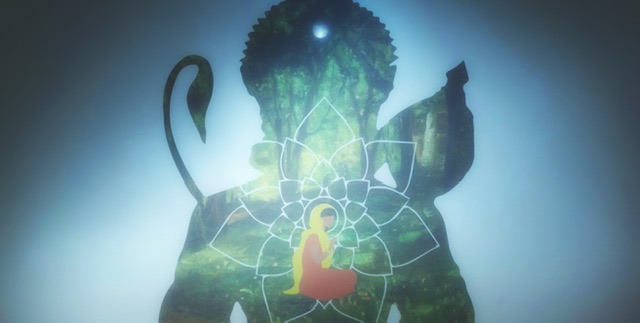Trees have been mankind’s silent companions for centuries; however, these oldest living organisms have a deep-rooted complexity which is counselled by the language they speak. In this article, we shall explore the friendship trees cultivate with one another and the rich language they rely on to enhance these bonds.
It has been discovered that a stump from a felled tree is often kept alive by the assistance of neighbouring trees. Also, individual trees of the same species are found to be connected to each other via their root system. So
why do trees form these friendships? As it turns out, trees are social beings and possess the intelligence that by working together they can protect themselves against the elements of wind and water and the tree community can only advance together if they looked out for each other. If a tree appears to be weak, the surrounding trees are mindful enough to send nutrition to it via the root system so that the weak tree is able to contribute to the community by not allowing gaps in the tree canopy for the wind and storm to penetrate which could affect the forest as a whole. The aided tree in turn can provide the same sort of support to its surrounding trees when the time comes. One may think that these trees compete for light by trying to outgrow each other but on the contrary, in a very harmonious fashion, they have learnt to not grow very sturdy branches near their ‘friends’ but rather away from them. These patterns are typically seen in natural forests rather than man planted forests where the tree intelligence doesn’t seem to be as sophisticated.
The next question arises – how do trees communicate with each other and warn one another from impending danger? Trees are capable of sending out electrical signals when it is hurt. An animal or insect chewing on the trees’ leaves will send out an electrical signal which transmits information throughout the tree. This, in turn, triggers the leaves to send out scent compounds to warn the surrounding trees. These scent compounds are formulated specifically to fend off that specific attack. So precise is the trees’ intelligence, that it can even summon friendly predators who can come to the tree’s defence by nibbling on the insects the tree is being attacked by.
Trees like the mighty oak are also capable of engaging their own defence mechanism. The oak tree is capable of releasing toxic tannins which can alter the taste of the leaves to being bitter and as a result repulsive for the insects attacking the tree.
Scientists have also discovered that the trees use the fungal networks around the root tips to communicate underground with one another. Chemical signals are sent via these fungal networks to warn the neighbouring trees of impending danger.
Not only is scent used by trees to communicate danger, but it also used to attract bees. Blossoms by means of their sweet scent and bright colours attract these bees in order to facilitate pollination.
The community in a forest thrives as a result of symbiosis and natural inter-dependency. Nature lives by the principle of harmony and with continuous deforestation and an alarming rate, mankind is once again responsible for disrupting this harmony.
(In the next article, we will talk about the giant sequoias and redwoods which can be more than 3000 years old)
Ref: The Hidden Life of Trees by Peter Wohlleben
Author: Rajshree Mistry
Download the Dhyan Foundation – Sanatan Kriya App for Android here and for iOS here.






Never knew about Trees and their interactions. They remind We humans on how to help others/weaker ones gin society.